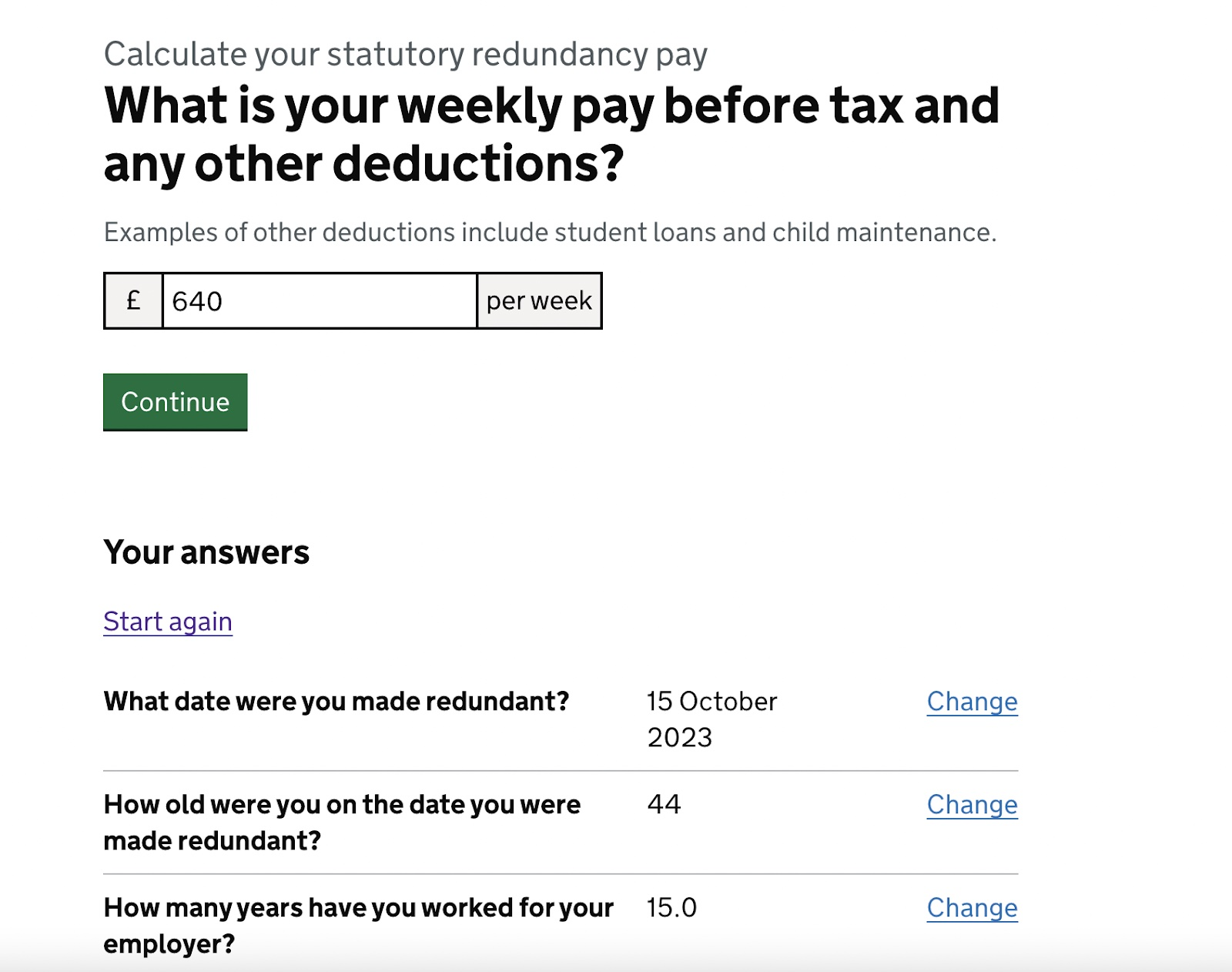Clarified: If a Company Goes Bust Who Pays Redundancy in the UK?
Clarified: If a Company Goes Bust Who Pays Redundancy in the UK?
Blog Article
Examining the Interaction Between Business Redundancy and Organizational Flexibility for Future Development
In the dynamic landscape of today's business world, the elaborate connection between firm redundancy and organizational versatility arises as an essential factor for sustained development and success. Companies usually face the challenge of striking a fragile equilibrium in between maintaining a level of redundancy to mitigate threats and cultivating adaptability to respond quickly to the ever-evolving market demands. This delicate interaction holds the crucial to not just surviving in unstable times but likewise growing despite uncertainty. As we explore the diverse dimensions of this interaction, intriguing insights into exactly how companies browse these intricacies to lead the means for future growth await.
Value of Firm Redundancy
Firm redundancy is an essential aspect that boosts business durability and alleviates functional threats. By including redundancy actions within the business structure, business can much better stand up to unanticipated interruptions and changes in business environment. Redundancy acts as a critical barrier, enabling companies to adjust and respond efficiently to unanticipated obstacles without endangering crucial operations.
One key aspect of the significance of company redundancy is its role in making sure connection during times of situation. When faced with unexpected changes or emergencies, redundant systems, sources, or employees can action in to preserve critical features and avoid prevalent disruptions. This connection not only safeguards the business's track record and consumer count on yet additionally reduces economic losses and operational downtime.

Approaches for Organizational Adaptability
Producing adaptable organizational structures that allow for quick modifications to market characteristics and consumer needs is essential for staying affordable in a rapidly evolving atmosphere. By proactively determining potential disturbances and possibilities, organizations can proactively adapt and grow in an ever-changing organization landscape.
Balancing Redundancy and Versatility
Accomplishing a harmonious equilibrium between functional redundancy and organizational versatility is vital in navigating the intricacies of a vibrant business setting. Redundancy within a business supplies a safety and security net, guaranteeing connection and stability in operations. Nevertheless, an unwanted of redundancy can result in inadequacies and hinder adaptability to altering market problems. On the other hand, organizational flexibility enables companies to react promptly to exterior interruptions and take brand-new opportunities. Striking the best balance in between redundancy and versatility is a delicate procedure that needs a deep understanding of the organization's objectives, market dynamics, and risk resistance.
To accomplish this equilibrium, companies need to conduct normal assessments of their operations to identify locations where redundancy is needed for risk reduction and where flexibility can drive advancement and development. Carrying out versatile frameworks, promoting a society of constant learning and improvement, and encouraging open interaction across all degrees of the company are key approaches to harmonize redundancy and flexibility effectively. By straightening these two critical components, firms can place themselves for i was reading this lasting development and success in an ever-changing business landscape.
Situation Researches on Adaptation Success
In examining instances of effective organizational adjustment, it comes to be apparent that the interaction between operational redundancy and adaptability is a specifying factor in forming resilient organizations. One compelling situation study is that of Netflix. Originally a DVD rental solution, Netflix showed impressive adaptability by transitioning right into a streaming system when digitalization disrupted the sector. By tactically spending in innovation and web content production, Netflix not just prospered but survived in a rapidly evolving market. An additional standout instance is Amazon. Beginning as an on-line book shop, Amazon continually adapted its service model, broadening right into varied sectors such as cloud computing and expert system. This adaptability permitted Amazon to stay ahead of rivals and fulfill transforming consumer needs. Finally, Adobe gives a significant illustration of effective adaptation. The company changed from offering software application licenses to a subscription-based version, ensuring recurring profits streams and boosted consumer engagement. These case studies highlight the value of functional redundancy combined with organizational flexibility in fostering long-term growth and competition.
Building Resilience for Future Development
Building strength for future growth requires a strategic positioning of operational procedures with market characteristics and emerging patterns. Business have to adapt to changing atmospheres by fostering a culture of flexibility, innovation, and continuous renovation. Strength entails not just recovering from troubles but likewise proactively getting ready for future obstacles. One crucial aspect of building durability is purchasing durable threat management approaches to alleviate prospective interruptions. This includes situation preparation, branching out supply chains, and creating contingency prepare for various contingencies (who pays redundancy money).
Furthermore, cultivating strong partnerships with stakeholders, such as customers, staff members, providers, and the community, is essential for maintaining and weathering uncertainties trust and support during stormy times. Efficient interaction and transparency play a vital function in building durability, as they help straighten assumptions and assist in collaboration in browsing unpredictabilities.
Additionally, organizations need to focus on learning and growth efforts to upskill workers and furnish them with the required tools to adjust to transforming circumstances. By buying their workforce, important source companies can enhance their adaptability and agility, eventually enhancing their strength for lasting future development.
Conclusion

In the vibrant landscape of today's business globe, the complex partnership between firm redundancy and business flexibility emerges as a critical aspect for sustained development and success. Firms frequently deal with the obstacle of striking a fragile balance between keeping a level of redundancy to reduce dangers and promoting adaptability to respond quickly to the ever-evolving market demands.To attain this balance, firms need to carry out routine assessments of their operations to identify locations where redundancy is required for risk reduction and where versatility can drive technology and development.In verdict, the interplay between company redundancy and organizational adaptability is essential for future growth. Structure strength through a combination of redundancy and adaptability will certainly ensure that firms are prepared for the obstacles of the future.
Report this page